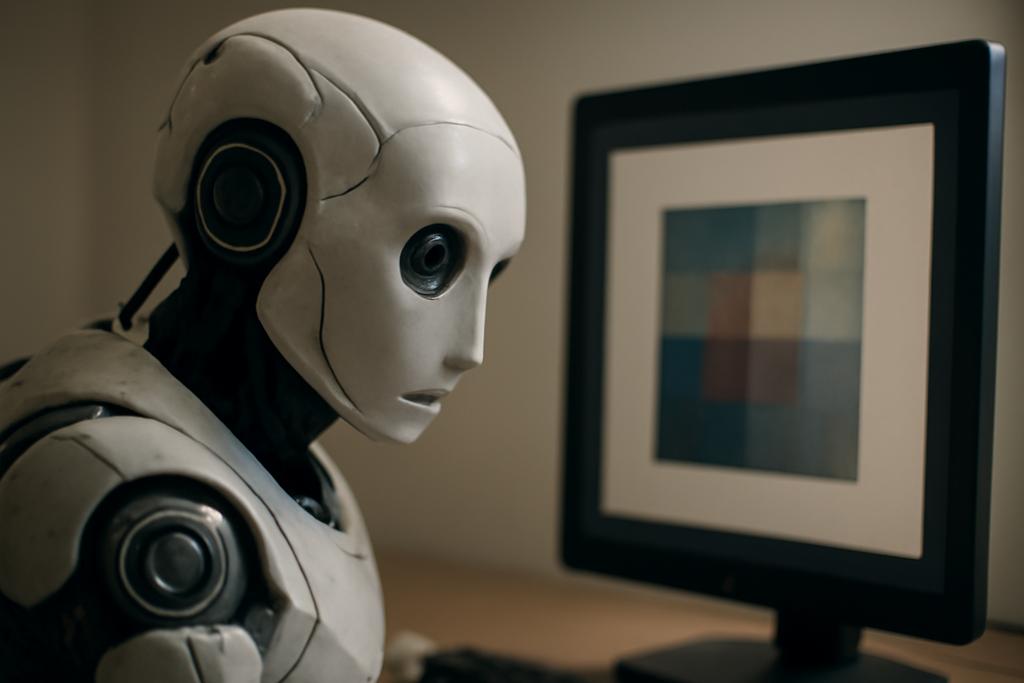The Efficiency Revolution in AI Vision
Imagine a world where artificial intelligence (AI) can see and understand images with astonishing speed and accuracy, all while using significantly less computing power. This isn’t science fiction; it’s the promise of a new approach to vision transformers, the powerful AI models that are changing how we process images. Researchers at Hiroshima University have made a breakthrough in this area, developing a method that allows vision transformers to achieve impressive performance with dramatically reduced computational needs.
The Problem: Seeing Too Much
Vision transformers excel at image recognition because they analyze images by breaking them down into smaller pieces (called “patches”) and then calculating relationships between these patches. This process, called multi-head self-attention, is incredibly powerful—but it’s also computationally expensive. The number of calculations needed increases dramatically as the image resolution increases, making it resource-intensive for high-resolution images.
Think of it like reading a novel. You could theoretically analyze every word individually, noting every connection and relationship. You’d get a detailed understanding, but it would take forever. What if you could intelligently skim, focusing only on the most essential parts that drive the plot? That’s the essence of this new research—teaching AI to be a more efficient reader of images.
The Solution: Smart Patch Pruning
Yuki Igaue and Hiroaki Aizawa of Hiroshima University’s Graduate School of Advanced Science and Engineering have developed a novel “patch pruning” strategy. Their method identifies and removes the least important image patches, dramatically reducing the computational load while preserving accuracy. This is akin to a skilled editor streamlining a manuscript, removing extraneous details without sacrificing the core message.
The key insight is in how the researchers determine which patches to remove. They don’t just rely on the raw strength of a patch’s signal but analyze the *diversity* of attention weights across multiple attention heads within the vision transformer. Think of it as looking for patches that are consistently important across multiple interpretations of the image. Patches with consistently low or high values—those lacking diversity—are deemed less vital and are pruned.
Beyond Simple Averaging: Robust Statistics
Instead of simply averaging the attention weights across all heads, the researchers employed robust statistical measures like median absolute deviation (MAD). This ensures the importance ranking isn’t unduly influenced by outliers or unusually strong attention weights from a single head. This is crucial because in practice, different heads sometimes attend to similar features; MAD helps filter out these redundancies.
Imagine rating a restaurant. Simply averaging all the individual reviews might give you a misleading picture if a few extreme reviews skew the average. MAD, on the other hand, gives a more stable and representative picture of overall satisfaction.
Overlapping Patches: Even Better Results
The researchers pushed the boundaries further by introducing overlapping patches. Instead of dividing the image into strictly separate patches, they allowed patches to slightly overlap. This initially increases computational cost but provides richer information. When combined with their patch pruning, the increased detail allows for higher accuracy despite fewer patches in the final analysis.
This is similar to reading multiple translations of a text—each translation might offer a slightly different perspective, but by synthesizing these interpretations, we arrive at a more comprehensive understanding.
Real-World Implications
The implications of this research are significant. By dramatically reducing the computational requirements of vision transformers, this technology could unlock new possibilities. Consider the impact on:
Mobile Devices: Running advanced image recognition on resource-constrained devices like smartphones becomes feasible, opening the door to new mobile applications.
Real-time Processing: The increased speed and efficiency are crucial for applications requiring real-time processing, such as autonomous driving, robotic vision, and real-time object detection in video streams.
Energy Efficiency: Reduced computing needs translate into lower energy consumption, making AI vision more environmentally friendly.
Accessibility: Making AI vision more efficient could decrease the hardware barriers to entry for smaller companies and researchers, potentially leading to more diverse innovations in the field.
Beyond the Numbers: The Larger Picture
This research isn’t just about technical advancements; it’s a testament to the power of creative problem-solving in AI. Instead of simply trying to make existing algorithms faster, the researchers fundamentally re-thought how vision transformers process images. They leveraged the inherent design of multi-head self-attention itself to develop a more efficient system.
This shift in perspective—from brute force computation to intelligent information extraction—is a compelling example of how we can make AI not just more powerful, but also more sustainable and accessible. Igaue and Aizawa’s work offers a glimpse into a future where AI vision is faster, more efficient, and more readily available than ever before.










